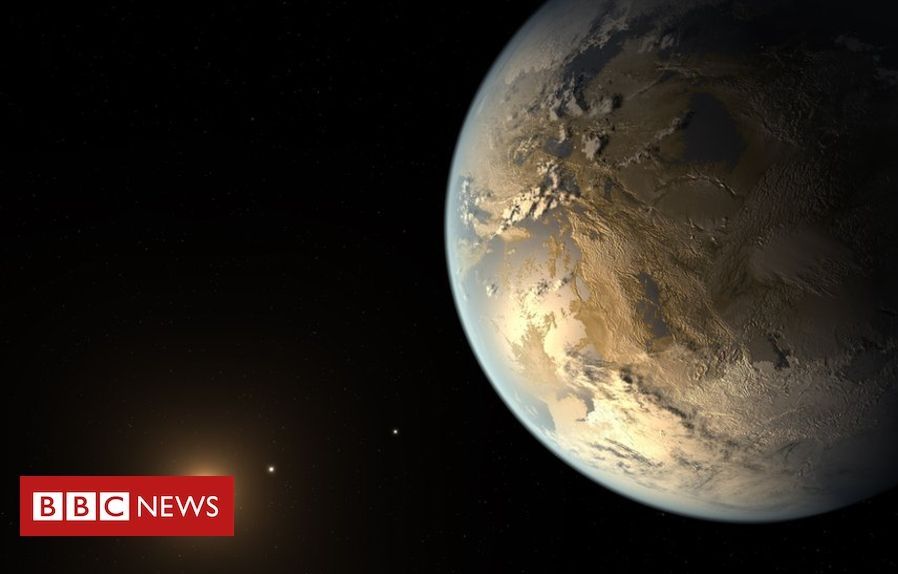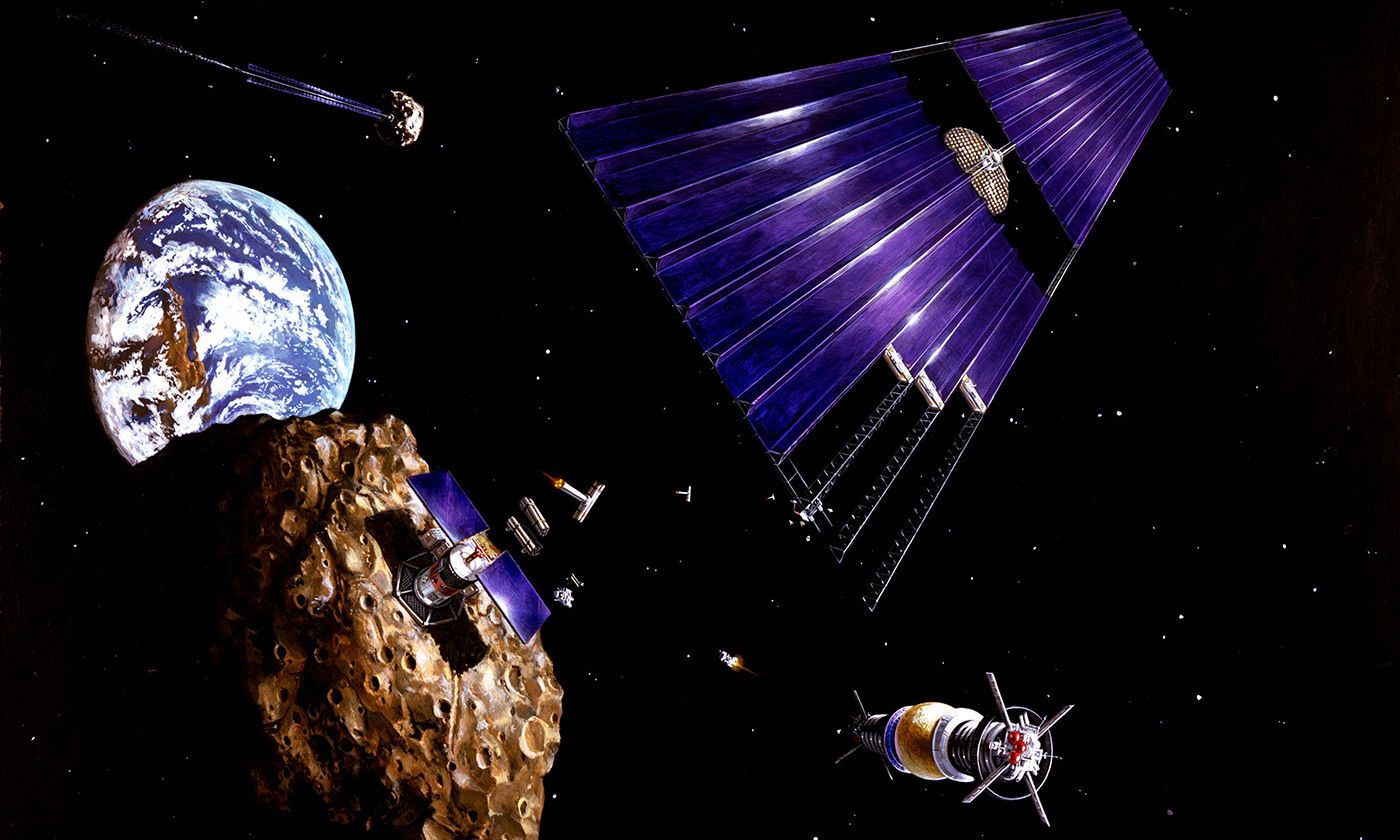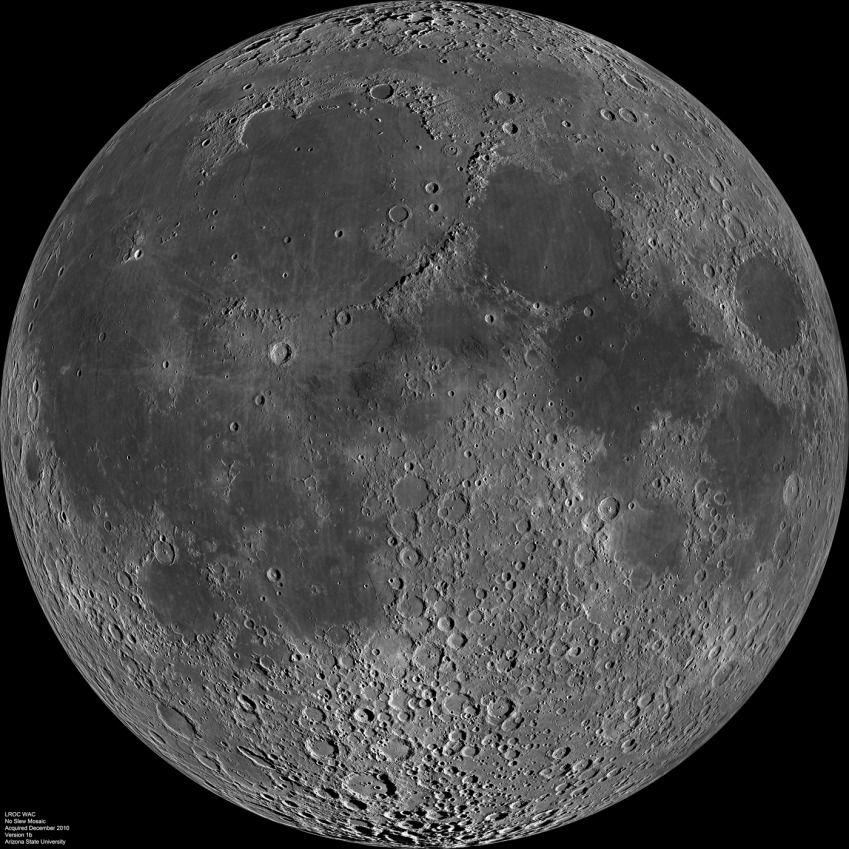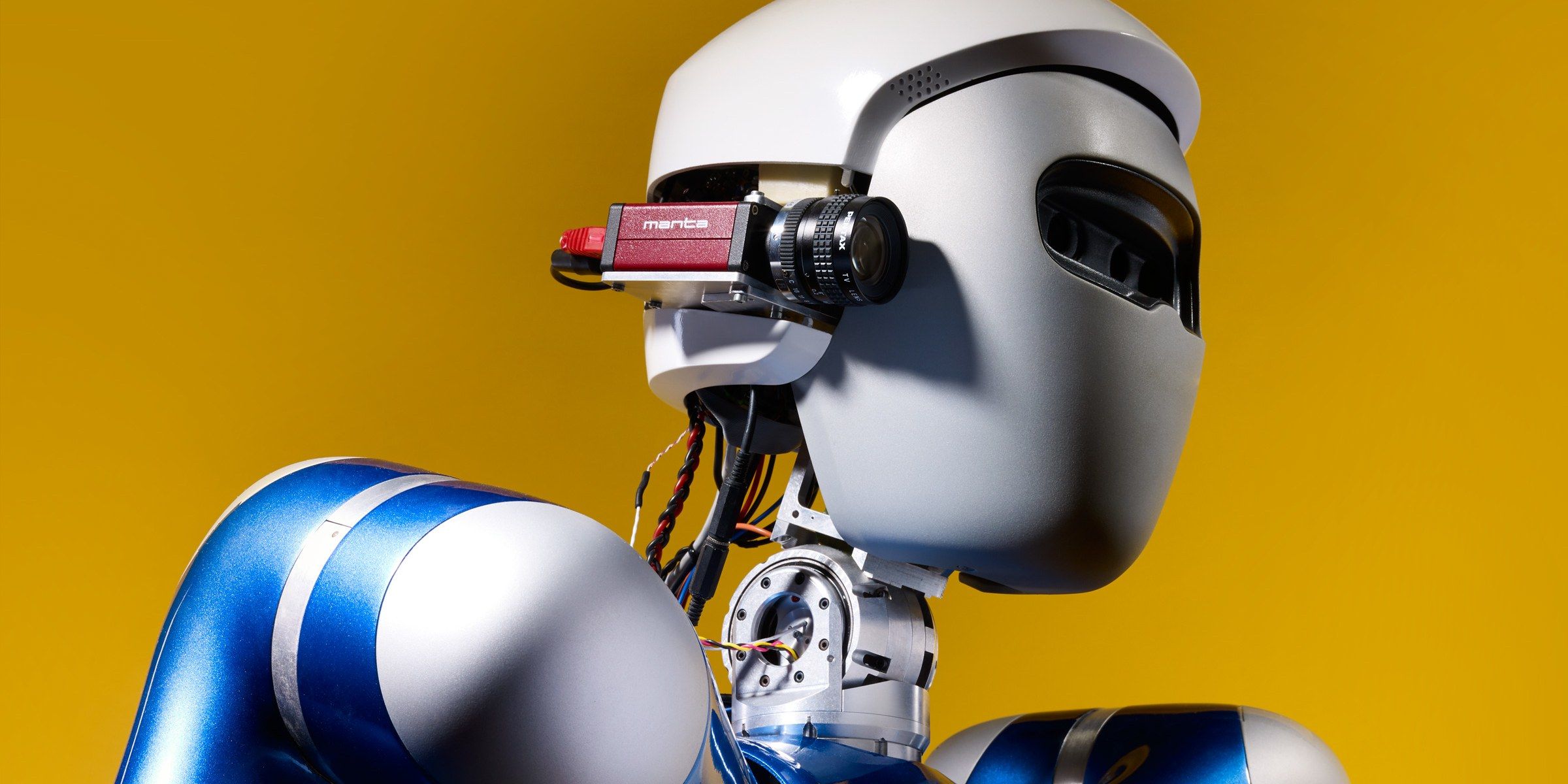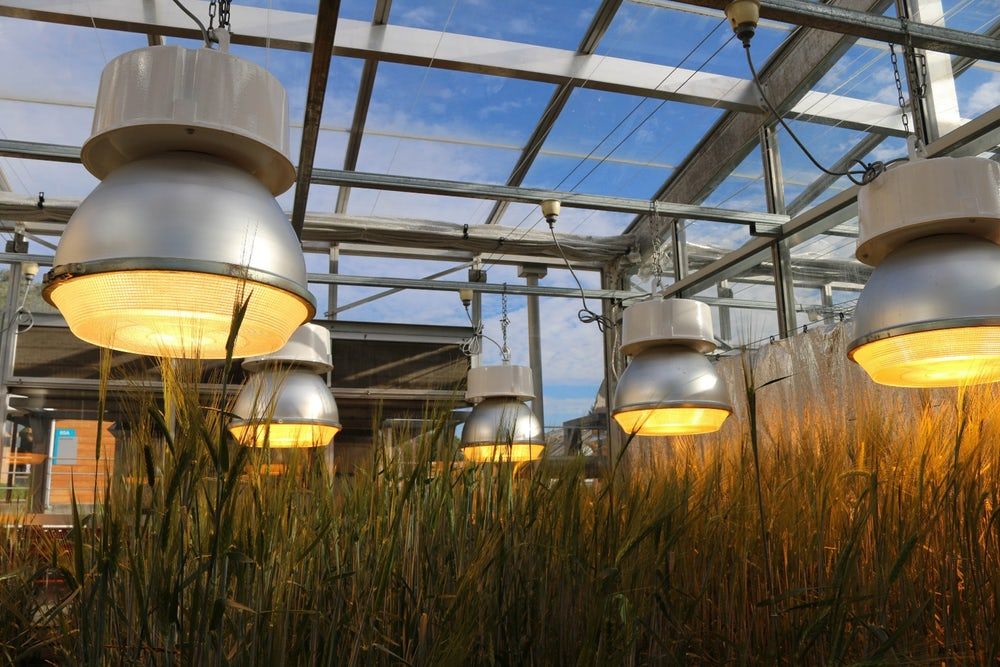Archive for the ‘space’ category: Page 878
Jan 12, 2018
Martian ice deposits could sustain human outposts in the future
Posted by Dan Kummer in categories: futurism, space
WASHINGTON (Reuters) — Scientists using images from an orbiting NASA spacecraft have detected eight sites where huge ice deposits near the Martian surface are exposed on steep slopes, a potential source of water that could help sustain future human outposts.
While scientists already knew that about a third of the surface of Mars contains shallow ground ice and that its poles harbor major ice deposits, the research published on Thursday described thick underground ice sheets exposed along slopes up to 100 yards (meters) tall at the planet’s middle latitudes.
“It was surprising to find ice exposed at the surface at these places. In the mid-latitudes, it’s normally covered by a blanket of dust or regolith,” loose bits of rock atop a layer of bedrock, said research geologist Colin Dundas of the U.S. Geological Survey’s Astrogeology Science Center in Flagstaff, Arizona, who led the study.
Continue reading “Martian ice deposits could sustain human outposts in the future” »
Jan 11, 2018
Rotation of fast radio burst reveals origins of the cosmic blast
Posted by Dan Kummer in category: space
Jan. 10 (UPI) — By analyzing the unique rotation of FRB 121102, a fast radio burst discovered by Cornell astronomers, scientists have been able to study the nature of its cosmic origin.
While studying the giant pulse of radio waves, researchers realized the waves gyrate, or “twist and shout,” as they pass through a veil of magnetized plasma. The twists represent what’s called Faraday rotation, while the shouts describe the bursts.
By measuring these two phenomena, scientists can better understand the cosmic conditions that inspired the massive pulse of radio waves.
Continue reading “Rotation of fast radio burst reveals origins of the cosmic blast” »
Jan 9, 2018
Want faster data and a cleaner planet? Start mining asteroids
Posted by Klaus Baldauf in categories: business, economics, habitats, space
Mining asteroids might seem like the stuff of science fiction, but there are companies and a few governments already working hard to make it real. This should not be surprising: compared with the breathtaking bridges that engineers build on Earth, asteroid-mining is a simple, small-scale operation requiring only modest technological advances. If anything is lacking, it is the imagination to see how plausible it has become. I am afraid only that it might not arrive soon enough to address the urgent resource challenges that the world is facing right now.
As an academic researcher, I work with several asteroid -mining companies to address that urgency. I depend on their funding, so there are trade secrets I cannot share. However, I can reveal the core reasons why I am optimistic about the business case for asteroid-mining, and what it will mean for our future.
Many people are skeptical of asteroid-mining because they imagine that the goal is to bring platinum back for sale in Earth’s metals market. Reporters repeatedly cite an irresistible statistic that the platinum in an asteroid can be worth trillions of US dollars, but anyone with an understanding of economics realises that bringing home a huge stash of precious metal would crash the market, reducing the valuation of the asteroid.
Continue reading “Want faster data and a cleaner planet? Start mining asteroids” »
Jan 6, 2018
The moon is about to do something it hasn’t done in more than 150 years
Posted by Shailesh Prasad in categories: biotech/medical, space
Call it whatever you like—a blue red moon, a purple moon, a blood moon—but the moon will be a special sight on Jan. 31.
Three separate celestial events will occur simultaneously that night, resulting in what some are calling a super blue blood moon eclipse. The astronomical rarity hasn’t happened for more than 150 years.
A super moon, like the one visible on New Year’s Day, is the term for when a full moon is closest to the Earth in its orbit, appearing bigger and brighter than normal.
Jan 6, 2018
This AI-Fortified Bot Will Build the First Homes for Humans on Mars
Posted by Klaus Baldauf in categories: habitats, robotics/AI, space
These humanoid bots can handle tools, shoot and upload photos, catch flying objects, and navigate obstacles—even think for themselves.
Jan 5, 2018
Experiments Show The Effects of a Fourth Spatial Dimension
Posted by Klaus Baldauf in categories: quantum physics, space
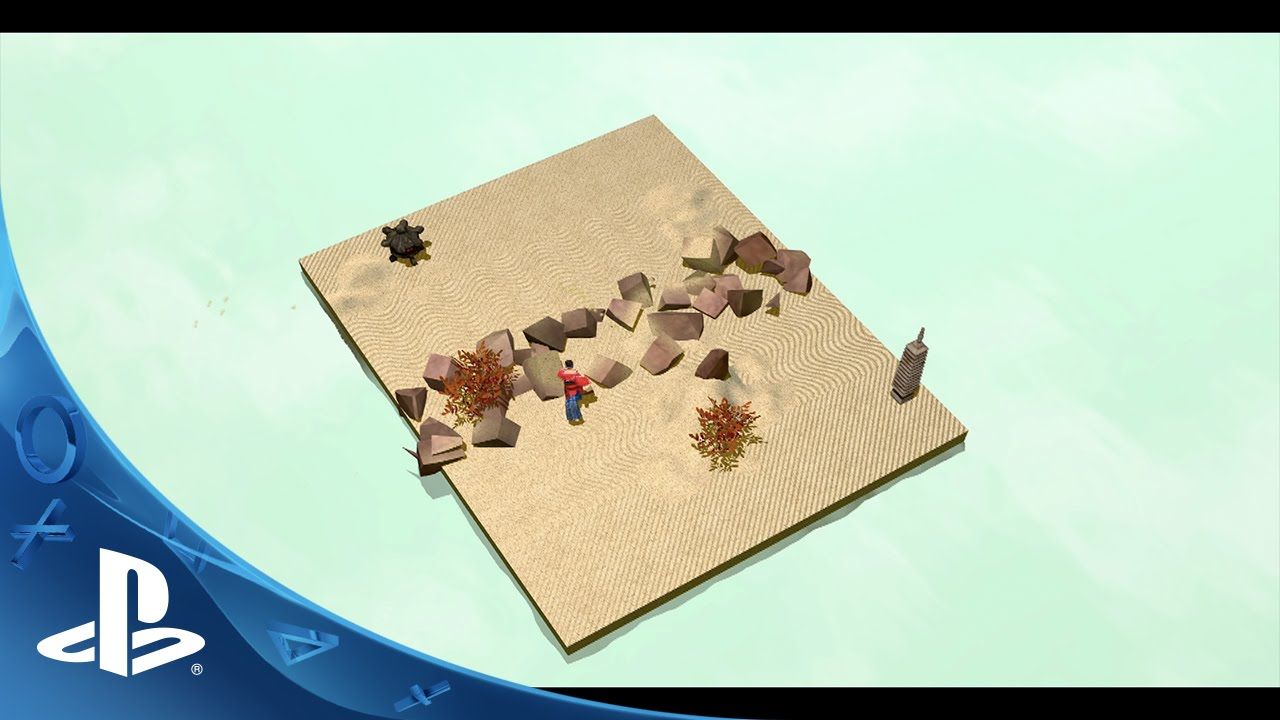
We’re used to dealing with three physical dimensions and one extra dimension of time as we move through the Universe, but two teams of scientists have shown that a fourth spatial dimension could reach beyond the limits of up and down, left and right, and forwards and backwards.
As you might expect given this is bending the laws of physics, the experiments involved are partly theoretical and very complex, and touch on our old friend quantum mechanics.
Continue reading “Experiments Show The Effects of a Fourth Spatial Dimension” »
Jan 4, 2018
Speed breeding LED technique grows food six times faster than conventional farming
Posted by Montie Adkins in categories: food, space
Speed breeding was initially explored by NASA over a decade ago as a means to enhance food production during space missions where efficiency is critical and every square inch counts. Scientists at the University of Sydney, the University of Queensland, and the John Innes Centre, continued the project, picking up from where NASA left off.
A welcomed solution to our growing food problems.
Jan 3, 2018
From ‘flags and footprints’ to having a routine presence in space
Posted by Klaus Baldauf in categories: economics, government, neuroscience, space
Next, the technology maturation process, unfolds in a linear fashion with the ultimate objective of transitioning to the NASA program that established the requirement. This process sacrifices science and the ability to iterate fast; does not incentivize providers to develop affordable and systematic capabilities, and the consideration of economic intelligence and market pull is anything but strategic (engagement model with industry is secondary, i.e “work for hire” contracts, and commercialization is serendipitous). As the sole customer, NASA/the government needs to maintain the unique infrastructure needed for these missions and maintains large per mission costs.
While science missions are largely competitive and outcome focused, human missions start by establishing a destination — the political choice of Moon or Mars — often becoming a solution in search of a problem. Since the Apollo era, the overall result of this “swing” approach has basically resulted in “grounding” the human space program, negatively affecting the morale of the working force, and making many feel that it is little more than a job welfare program.
From an HR perspective, NASA, like any other government organization, is a great example of Peter’s principle, structured and incentivized by the slogan “the hierarchy needs to be preserved by all costs”, frequently leading to the alienation or outright removal of highly competent people focused on problem solving and with a desire of seeing accelerated progress.
Continue reading “From ‘flags and footprints’ to having a routine presence in space” »
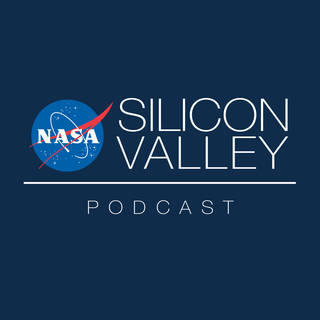
“An end of year compilation of conversations with various NASA scientists, engineers, and researchers throughout 2017 on the NASA in Silicon Valley Podcast.”
